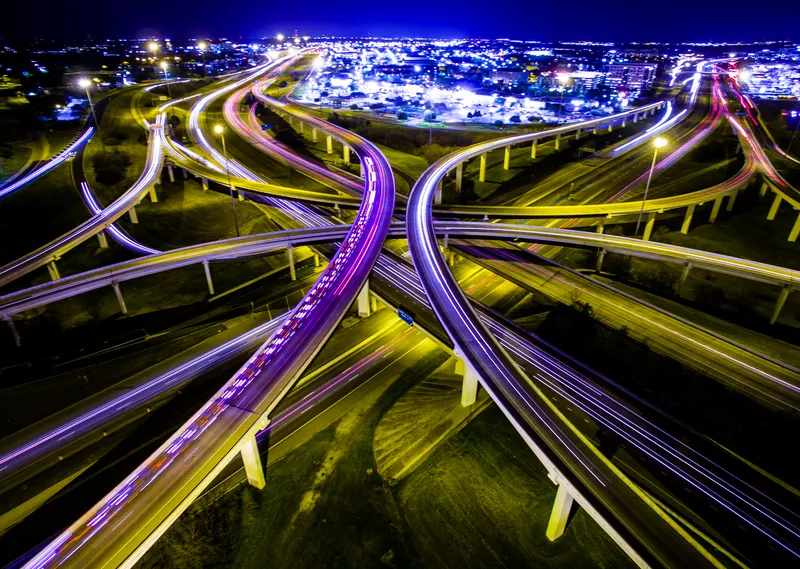
Valerann has won a €3.6m contract from the European Space Agency (ESA) to develop a road traffic monitoring and incident detection solution using satellite data and AI.
The deal comes through the ESA's Business Applications and Space Solutions (Bass) programme, which aims to leverage space technology and data in markets such as transportation.
Data analytics platform Lanternn by Valerann (LbV) for networks processes large volumes of current and historical data from sources including street side sensors, third-party datasets and Global Navigation Satellite System (GNSS)-derived mobility data to create a view of traffic flow across multiple roads.
Valerann says that, by leveraging GNSS data from fleets, LbV for networks enables real-time monitoring of emergency vehicles, patrol units, snow ploughs and other assets, while satellite-enabled weather alerts will allow operators to proactively plan for dangerous conditions such as hail and ice.
“This funding from ESA marks a significant milestone in our mission to transform road traffic safety and efficiency,” says Michael Vardi, CBO and co-founder of Valerann. “By extending our monitoring capabilities to large, complex road networks and rural areas, we aim to further reduce accidents and improve response times, ultimately saving lives.”
Christopher Frost-Tesfaye, ESA space applications officer, adds: "Developing the capability to cover national-scale and rural networks has the potential to further support accident prevention and improve overall traffic management.”










